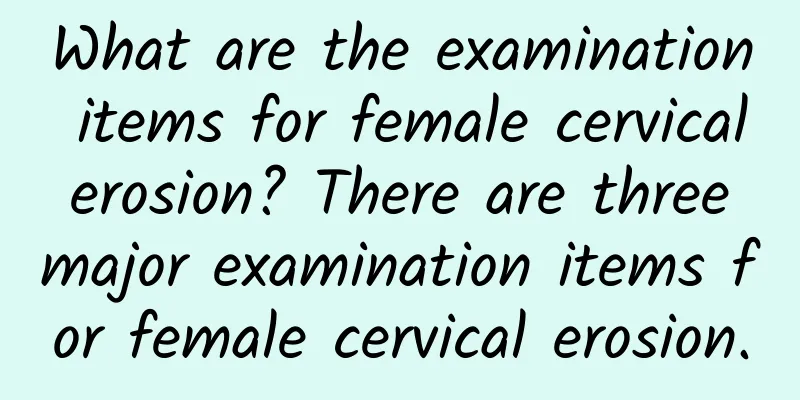Vulvar leukoplakia is not a precancerous lesion

|
Recently, Ms. Li went to a hospital's obstetrics and gynecology department for vulvar itching and was told that she had vulvar leukoplakia. Because Ms. Li had heard from her friends that vulvar leukoplakia was a precancerous lesion, she was worried all day and didn't know what to do. Ms. Li's husband was really worried about her condition and suggested that she go to the hospital for another checkup. So Ms. Li came to the hospital again. The doctor carefully examined her affected area and did a skin tissue pathology examination. He told Ms. Li that she was suffering from leukoplakia vulvitis, which was caused by increased vaginal discharge and long-term local irritation and scratching, leading to post-inflammatory hypopigmentation. This disease can be cured with symptomatic treatment. Vulvar leukoplakia is a group of diseases in which the skin and mucous membranes of the female vulva are deformed and have pigment changes due to nutritional disorders. For a long time, vulvar lesions that whiten, thicken or shrink the skin and mucous membranes have been clinically referred to as vulvar leukoplakia. For example, vulvar leukoplakia, vulvar vitiligo, vulvar sclerosing atrophic lichen, etc. have vulvar leukoplakia manifestations. After suffering from vulvar leukoplakia, patients may experience symptoms of vulvar itching, local skin becomes dry, hypertrophic and white, loses elasticity, and even shrinks and ulcers, with pain and burning sensation. So, does suffering from vulvar leukoplakia mean suffering from precancerous lesions? In fact, vulvar malnutrition can cause local lesions, which can be divided into proliferative malnutrition, lichen sclerosus malnutrition, and mixed malnutrition according to the differences in its tissue pathological changes. In addition to the patient's unique symptoms and signs, pathological diagnosis is also required to draw a final conclusion in order to diagnose whether it will become cancerous. If atypical hyperplasia is found in pathology, it can be considered a precancerous lesion. According to statistics, most clinical vulvar leukoplakia are benign lesions, and only a very small number are precancerous lesions. Therefore, if you suffer from vulvar leukoplakia, you don't have to be fearful and add to your troubles. You must make a clear diagnosis before treatment. |
<<: Don't mistake vulvar leukoplakia for vulvar cancer
>>: Leukoplakia of the vulva during menopause should not be ignored
Recommend
To lose weight, dehumidify your body first! Should you choose white yam to strengthen your spleen? Purple yam?
Are you overweight and can’t lose weight? Replace...
Common symptoms of cervical hypertrophy
Cervical hypertrophy is often clinically manifest...
Five common causes of dysmenorrhea
It is beneficial for female friends to understand...
What does supermodel Lam Ke Tong do on the day of her marathon?
1. Get up 1 hour earlier than the meeting time to...
Does medical abortion hurt? What should I pay attention to during medical abortion?
Many young women, out of their desire for sex, ha...
What are the clinical symptoms of pelvic peritonitis?
Most women know about pelvic peritonitis and have...
Can congenital absence of vagina be cured?
Can congenital absence of vagina be cured? Expert...
What should patients with uterine fibroids pay attention to? Is surgery necessary for uterine fibroids?
For patients with myoma, the age for hysterectomy...
What are the common symptoms of cervicitis?
Cervicitis can be clinically divided into acute a...
How much does menopause surgery cost?
The cost of menopause treatment is of concern to ...
How to care for cervical warts after surgery
In order to completely cure cervical warts, profe...
Learn more about the symptoms of ovarian cysts
To treat ovarian cysts, it is crucial to understa...
Threatened abortion test costs
What many pregnant women worry about most is that...
What is the main method for preventing cervical hypertrophy?
The high incidence of cervical hypertrophy is ver...
How are uterine fibroids usually caused? How to prevent uterine fibroids
Uterine fibroids, also known as uterine leiomyoma...









